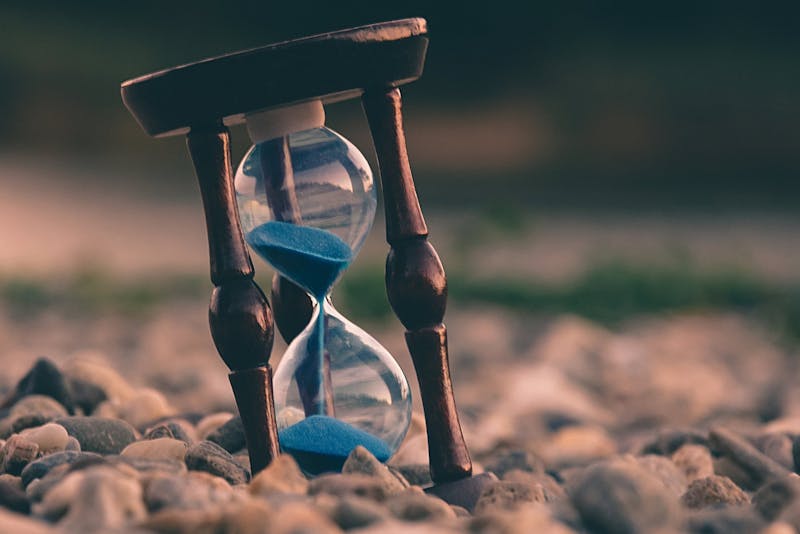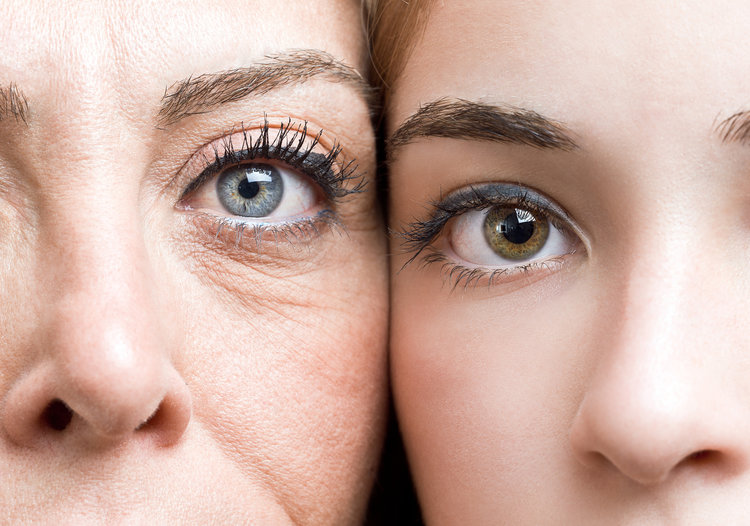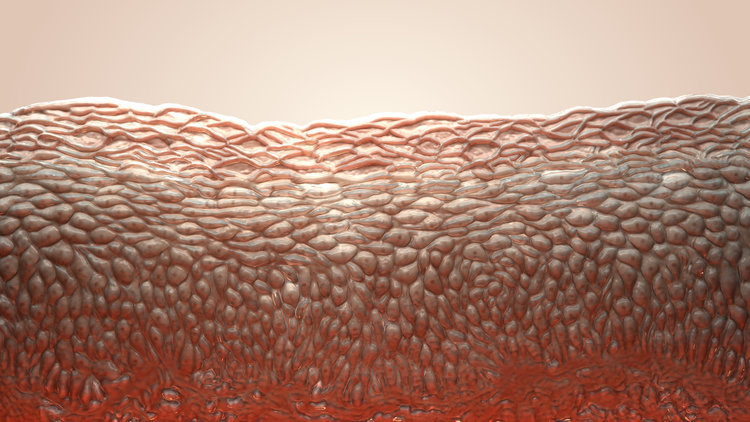
For most of human history, we didn't care at all about aging. Not because we weren't vain, exactly, but because we were more likely to be eaten by something or catch a deadly disease before we had a chance to grow old. When you think about it that way, aging is a great problem to have.

That's not to say we have to love all the ways the years show up on our faces. And until some mad scientists figure out how to turn off the genetic markers that make us age (they are actually working on it), our options are to postpone its effects with protection, and to treat its symptoms, one by one. To do that, it's a good idea to understand what happens to skin as it ages.
The Aging You Can't Avoid (Yet)
Scientists don't know exactly why we age, but some of the same basic processes happen to everyone after adolescence:
1. The outer layer of skin (the epidermis) gets thinner and more fragile.
If you've ever seen a cut on a baby's skin heal overnight like a vampire’s, you know first-hand how our skin cells just aren't in the great shape they used to be. The cells’ rate of turnover also decreases with every year.


2. The space between layers of skin gets flatter.
In younger skin, the space between the epidermis and the middle layer of skin, the dermis, is wavy, like the shock-absorbing corrugation you use to package fragile things. When that space begins to flatten, the skin is more fragile and it has less space in which to transmit nutrients between layers.
3. Collagen production goes down.
Fibroblasts, the kind of cells that produce cushy collagen and connective tissue in our bodies, just seem to get a little less efficient as we age. On average, we make 1 percent less collagen every year after age 20.
4. Elasticity goes down, too.
Skin stops having the bounce it once did because elastin production has decreased.
5. Hyaluronic acid goes down.
HA isn't just an ingredient hyped in lotions, it's a type of molecule our skin naturally uses as a scaffolding to hold the collagen together and lock in moisture like a sponge. Once we begin to lose it, our skin looks dry and dull.
6. Blood circulation decreases.
As we age, we have fewer capillaries in the skin, leading to a decrease in blood flow of about 40 percent between the ages of 20 and 70. Reduced blood flow means less oxygen and nutrients get to the skin, and wound healing doesn't happen as quickly.
7. Fat loss.
The subdermal layer of the skin is where we have those lovely little fat pads that keep us insulated from cold and injury. They lend young people's faces that upside-down triangle shape — and we say "lend" because it is temporary. When the fat pads decrease in volume with age, faces invert into a right-side-up pyramid, hollow in some places and saggy in others.
The aging you can avoid
As if all of the above weren't enough, there's also the damage that sun, pollution, smoking, and other external factors have on our skin cells.
1. UVA and UVB rays accelerate the depletion of collagen, elastin, and hyaluronic acid in the skin.
Again, that means the skin has less bounce, and it eventually leads to wrinkles.

2. Melanocytes, the skin cells in the epidermis responsible for pigmentation, break down with sun exposure.
When some melanocytes die, others grow to take their space, resulting in skin spots. https://medlineplus.gov/ency/article/004014.htm
3. The sun and other oxidative agents can even damage our DNA.
This causes mutations in new cells, which can lead to cancer.
What Can You Do?
- Protect yourself from the sun with hats, shade, and SPF 30 or above — every day for every skin type.
- Apply topical treatments like retinoids. Tretinoin (from which retinoids are made), causes the epidermis to thicken, improves capillary flow, and increases production of collagen and elastin.
- Get dermal fillers to replace the places where those fat pats have shrunk, restoring that upside-down triangle.
- Get fillers to return lips to their former plumpness.
- Use Botox on the upper face, where collagen and elastin have left the building.
- Stimulate collagen production with microneedling, Halo laser resurfacing, or chemical peels. All of these are different ways to signal the skin to begin the wound repair process and generate new skin cells.
- Use Intense Pulse Light (IPL) Photofacial therapy, which not only reduces brown and red spots and increases collagen production, but also has been shown to change cells' DNA expression, making them switch to "younger" mode.
Which one of these treatments is best for you? There's no right answer. That's why at Face Forward Medical Aesthetics we offer a free computerized skin analysis and consultation.
If you live in Lexington, MA, Middlesex County, or the Greater Boston area, come on in and we can work with you to come up with the ideal plan that suits your needs. We can’t wait to meet you!

